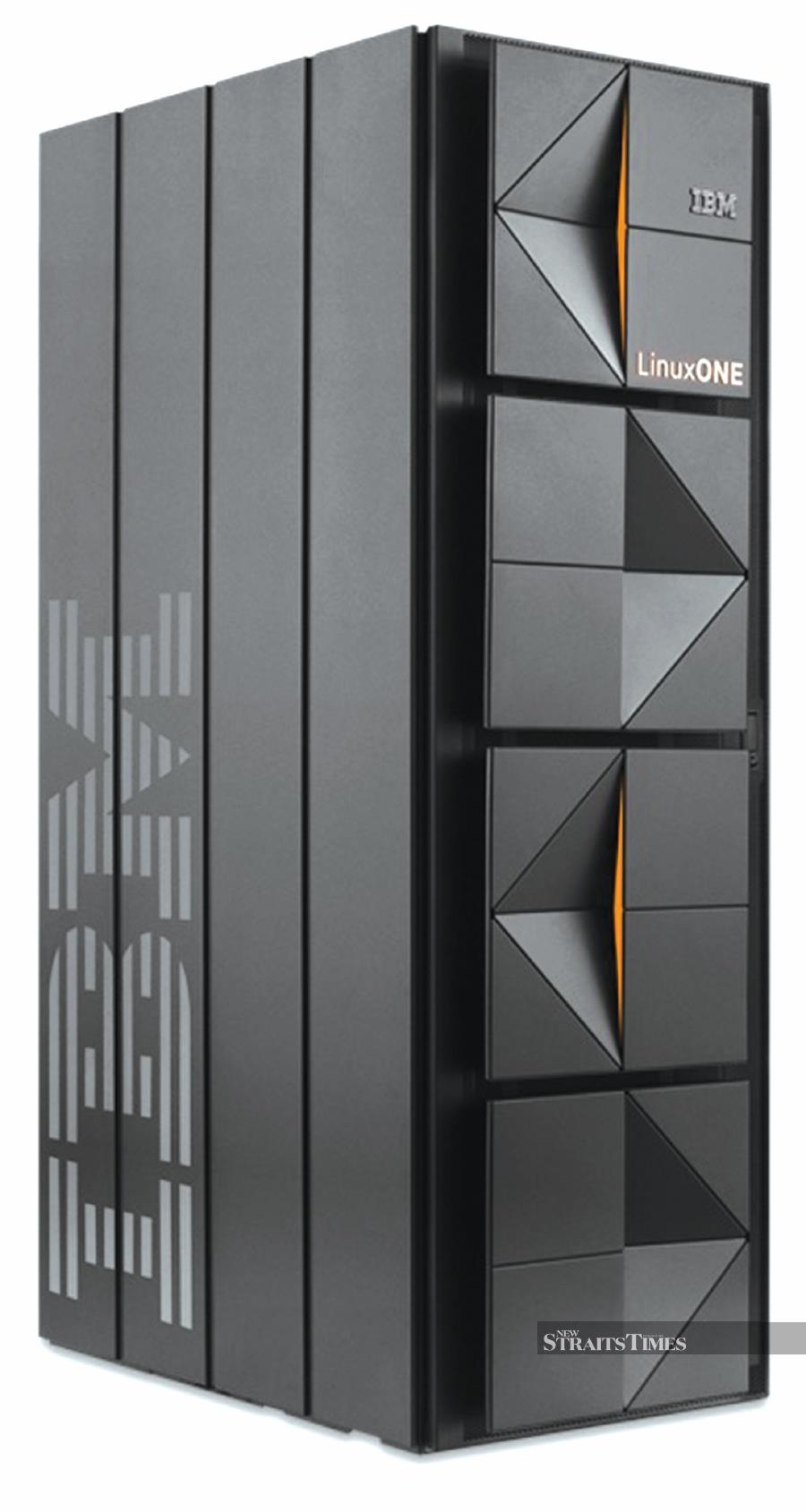AS we become a more responsible community, more companies, particularly larger ones, began to band together to accelerate responsible change.
One example is the Climate Pledge, a corporate commitment to achieve net-zero carbon emissions by 2040.
UNDERSTANDING LIMITATIONS
Companies, however, may find it difficult to implement sustainability initiatives due to technological constraints despite the fact that they recognise the value of investing in sustainability — it ensures business continuity by conserving resources.
According to the 2022 International Business Machines Corporation (IBM) chief executive officer (CEO) study, 35 per cent of CEOs cited technological barriers while recognising sustainability investments as a strategic growth driver.
No doubt, data on energy consumption and greenhouse gas (GHG) emissions is fragmented and difficult to access.
Due to the complexity of sustainability initiatives and a lack of knowledge on where to start, many businesses are stuck in the planning stage.

MEASURING PERFORMANCE
Environmental performance can be measured in a variety of ways. Some common measures, according to IBM Malaysia managing director and technology leader Catherine Lian, include energy consumption, water usage, pollution, carbon footprint and employee safety.
From an environmental standpoint, sustainability measurement is a process and framework used for measuring and attributing GHG emissions climate, as well as environmental impacts and outcomes to an organisation's direct actions and business operations.
Additionally, there are third-party reporting options that gauge a company's sustainability performance, including ratings and indices. They evaluate a company's ESG (environmental, social, and governance) performance and rank the companies into an index in accordance with that performance.
SUSTAINABILITY COMPLEXITY
To put sustainability goals into action, organisations need workable strategies and solutions that are specific to their needs.
This is why, Lian said, having the right partner to build strategic roadmaps could enable organisations to be more responsible and profitable. However, only with the right data can they create realistic plans. This includes necessitating the need for the right tools and technologies to unlock data and discover actionable insights in real-time.

To address these issues, the technology leader said, businesses could use technology solutions like IBM Envizi. It automates the collection and consolidation of over 500 data types and supports major sustainability reporting frameworks.
"Companies can use its user-friendly and easily customisable dashboards to analyse, manage and report on environmental goals, identify efficiency opportunities, and assess sustainability risk."
PIECING TECHNOLOGIES AND DATA TOGETHER
What distinguishes IBM, said Lian, was the company's "unique ability to take different pieces of technologies and data — be it hardware or software — before bringing and weaving them together in ways that create long-term value for clients".
Its user-friendly and easily customised dashboards enable companies to analyse, manage and report on environmental goals, identify efficiency opportunities and assess sustainability risk.
The IBM Envizi ESG Suite Software as a service consolidates enterprise ESG data, removing the challenges and complexity of ESG data collection, analysis and reporting.
It integrates with IBM Maximo for asset management, IBM Sterling for supply chain visibility and responsible sourcing, and IBM Environmental Intelligence Suite for assessing and planning for environmental impacts on operations, assets, as well as supply chains.
INCREASE EFFICACY IN DATA CENTRES
Sharing additional insights into IBM's capability, Lian cited findings of International Data Corporation research stating that data centres consume about two per cent of global electricity and emit six to seven per cent of carbon dioxide (CO2) into the atmosphere each year, and that cloud computing would be the answer as it could eliminate a billion metric tonnes of CO2 emissions over the next four years.

When compared with similar industry-standard servers running similar workloads, advanced systems such as "IBM LinuxONE will not only halve physical space, but also reduce energy consumption by 75 per cent and carbon dioxide emissions by over 850 metric tonnes per year".
The enterprise-grade server provides several advantages to organisations, including sustainability through server consolidation and modernisation, built-in security capabilities, scalability for on-demand provisioning, hybrid cloud compatibility, simplified compliance, and energy efficiency, which results in lower energy costs and a lower carbon footprint.
Lian said by consolidating Linux workloads onto a highly efficient, secure, and sustainable platform, LinuxONE can assist businesses in achieving carbon neutrality by 2050.





